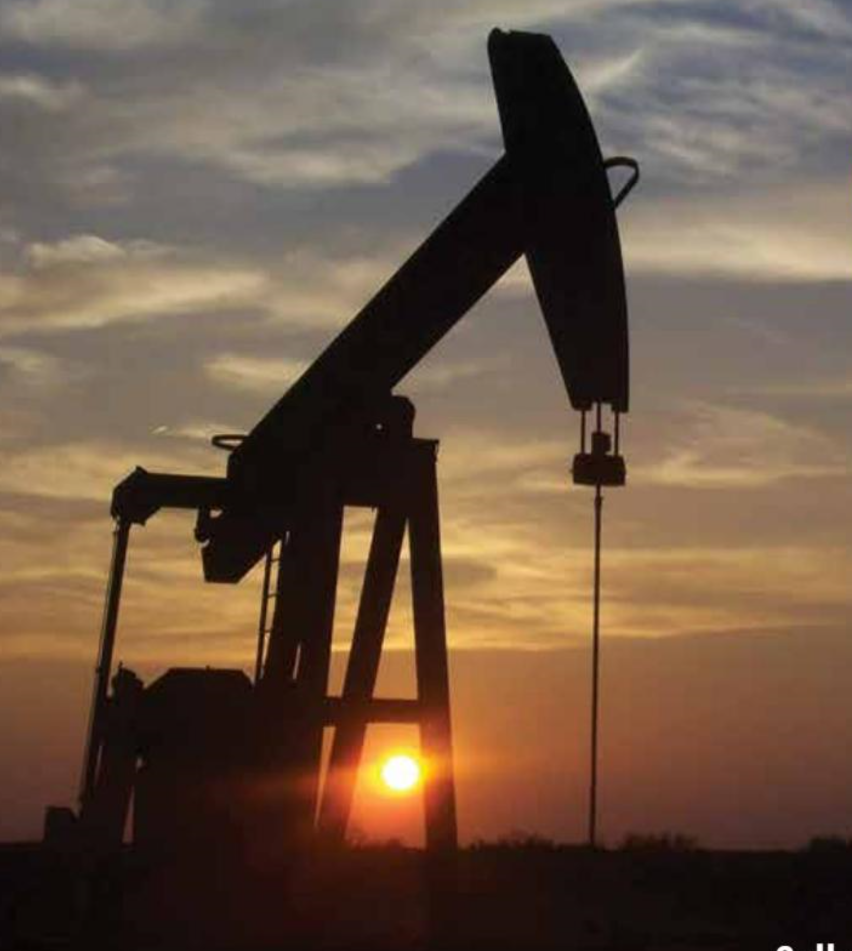Courtesy of MSN
As if stuck in a partially clogged drain, oil from the hottest U.S. shale play has been caught in a bottleneck due to a lack of pipeline capacity. But the transportation tie-up at the Permian Basin is about to ease up, and a new network of pipelines will help U.S. producers unleash more crude into the Gulf Coast and then onto the world market.
“There’s a lot of shale capacity being prepared. There’s a lot of pipeline capacity. We’re going to triple pipelines going into the market from 3 to 9 million in three years, from last year to late 2021,” said Francisco Blanch, head of commodities and derivatives at Bank of America Merrill Lynch.
Much needed pipeline capacity is being added to take Permian crude from the heart of Texas down to the Gulf Coast, to oil refineries but also to Texas ports that are making plans for more and larger ships to carry oil exports from the U.S. to customers in Asia and elsewhere. The Permian Basin covers an area of more than 75,000 square miles in western Texas and southeastern New Mexico.
Citigroup energy analyst Eric Lee said Permian output at just under 4 million barrels a day is up about 1 million barrels from a year ago and should be a million more, or 5 million a day, a year from now, in early 2020. The Permian has benefited from consistent improvements in technology, which increasingly have been capable of extracting more oil from the shale formation.
“We’re happy to look out to 2023, when it gets to 8 million. They figured out how to access it at very low break-evens, like $30/$40. There are more layers below it. It’s hard to know what those are going to mean, break-even-wise,” said Lee. His estimates depend on the price of crude and world oil demand. Breakeven is the price a producer of a barrel of oil needs to recover expenses, or where a producer breaks even.
As Permian and other production has grown, so have U.S. exports of crude , allowed by a change in law in late 2015. In one week in the past month, exports reached a record 3.6 million barrels a day, according to U.S. government data. Last week, 2.8 million barrels a day were exported, and the four-week average was about 3 million barrels. The U.S. is now the largest oil producer in the world, pumping 12.1 million barrels a day, according to Energy Information Administration data.
“Every incremental barrel that the United States produces will be exported. We’re in a situation, of course, where the quality of what we produce is actually higher than what we need,” said Raoul LeBlanc, vice president, North American Unconventional at IHS Markit. “U.S. refineries, which turn crude oil into the products we use, were designed to turn cheap crude oil into high quality and upgrade it into the fuels we use.”
The Permian and other U.S. shale basins produce light sweet crude, while the Gulf Coast refineries were built for heavy crudes, like those from Saudi Arabia, Venezuela and Mexico. With Venezuela under sanctions , there is less available heavy crude, but analysts say so far the refineries are able to find enough but at a higher price differential.
“We like to say we’re exporting champagne and importing beer,” said LeBlanc. The U.S., in the past week, imported 7 million barrels a day. Twice in the past several months, weekly data showed the U.S. to be a net exporter of crude and refined products.
“The growth estimates [for the Permian] just kept getting bigger and bigger. They didn’t’ know what they didn’t know,” said CFRA energy equity analyst Stewart Glickman. “You do have to be cognizant of the fact that these wells decline very quickly. Between year one and year two there’s a pretty big drop off. You have to drill more well in order to expand. It really depends on whether technological innovations can keep pace with that. For everyone to double in five years might be a stretch. I’m not saying it can’t be done,” Glickman said.
Read Full Article Here (www.MSN.com)







Leave A Comment